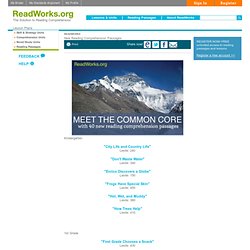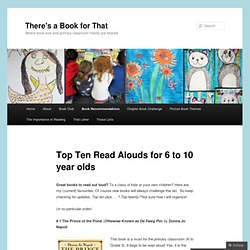

Who's Who and Who's New: Discovering Strategies for Strong Sentence Fluency. I love using mentor texts in my writing mini-lessons.

When we're working on the trait of sentence fluency, using some excerpts from our favorite read-alouds can be just the vehicle we need to dig into what makes a writer's sentence fluency really strong. Just recently, I used an excerpt from Shiloh and one from Charlotte's Web. (Copying small excerpts from a text to use within your classroom of students is widely thought of as falling into the "fair use" guidelines of using copyrighted work.) I gave a copy to each student, and after reading them out loud, I asked students to underline the first word in each sentence. Underlining the first words got students ready to begin analyzing each sentence using the chart you see below. In the chart, students recorded the first word of each sentence, as well as how many words each sentence contained.
Then we used our charts to try to draw some conclusions about strong sentence fluency. Second, we looked at the length of sentences. New Reading Comprehension Passages. <div id="nojs-warning">WARNING: Javascript must be enabled for the correct page display</div> Sign InRegister ReadWorks.org The Solution to Reading Comprehension ReadWorks New Reading Comprehension Passages Share now!

Print Kindergarten "City Life and Country Life" Lexile: 240 "Don't Waste Water" Lexile: 340 "Enrico Discovers a Globe" Lexile: 150 "Frogs Have Special Skin" Lexile: 450. About UDL. Spelling Matrix for Years 3/4/5. The spelling matrix can be adapted to suit any year level/any class.

It is designed to provide students with a range of activities that will help to develop their skills in spelling. The matrix is aligned to Blooms Taxonomy as well as Gardner’s multiple Intelligences. The use of the matrix allows students to take control of their learning and to decide the activities they will do. The matrix is also aligned with a point system. The teacher will set a target number students will work towards. The focus should be on quality and accuracy of work rather than on quantity and amount of activities completed. The spelling matrix can be implemented easily into any spelling program. Introductory lesson Discuss multiple intelligences with students. The teacher should be viewing every spelling activity completed by the students. Spelling Matrix (Download Here) Spelling Matrix – Activity Recording Sheet (Download Here)
Top Ten Read Alouds for 6 to 10 year olds. Great books to read out loud?

To a class of kids or your own children? Here are my (current) favourites. Of course new books will always challenge this list. So keep checking for updates. Top ten plus. . . ? (in no particular order) # 1 The Prince of the Pond (Othewise Known as De Fawg Pin) by Donna Jo Napoli This book is a must for the primary classroom (K to Grade 3) . #2 The Dragonling by Jackie French Koller I have read this book to a Grade 2/3 class and to my own children when they were in Grade 1. All of Sara Pennypacker‘s Clementine books are lovely and fantastic for read alouds. . #3 Clementine’s Letter by Sara Pennypacker – While I love all the Clementine books, Clementine’s Letter might be my favourite. Maybe because it explores the important relationships between students and their teachers and how crucial those relationships can be when navigating our way through school. Hint: it includes the words Menace to Society. . # 4 The Summer of Riley by Eve Bunting Happy Reading!
Like this: Letter Writing Lesson: Dear Peter Rabbit. In this lesson, students will identify formal language and sentence structures in friendly letters.

They will use similar formal language and style to create friendly letters to other story book characters. The letters are based on the Novel ‘Dear Peter Rabbit’ Learning outcomes Students will: respond to listening through multimedia sources.compose a fictional friendly letter.listen to a partial reading of a fictional picture book written entirely in a friendly-letter format using a formal style.create a similar letter using formal word choice and sentence structures. Teacher planning 3 Days Copy of Dear Peter Rabbit by Alma Flor AdaNotebook paper and pencilsdictionaries Computer lab with word processing program and printersDocument camera or overhead projector Pre-activities Activities Students will come into the library and sit in the instructional area (with tables and chairs). Assessment Use the writing assessment rubric, focusing on the style questions.